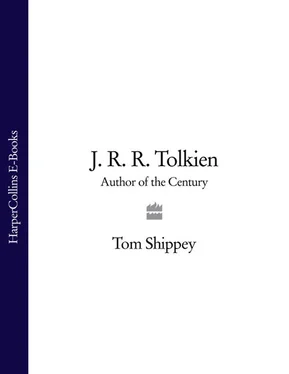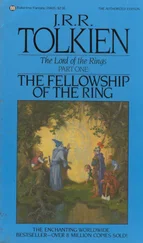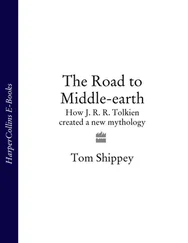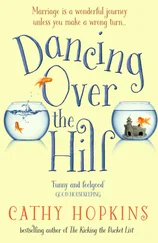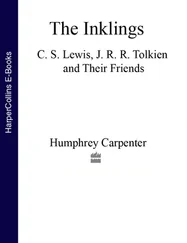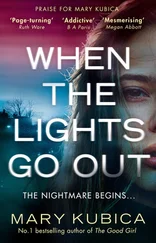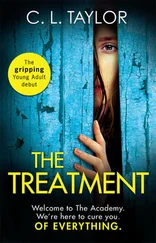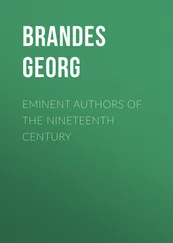A further thought which ought to have struck commentators is this. It is quite possible, as said above, to separate the evidence of mass sales from claims for lasting or literary value. There are several authors now who out-sell Tolkien on an annual basis, or who have done so in the recent past – Barbara Taylor Bradford, Tom Clancy, Catherine Cookson, Michael Crichton, John Grisham, Stephen King – to offer a mere selection from the first half of the alphabet. None of them could achieve their popularity without virtues of some kind, and as Suvin implies above, critical reluctance even to look for these virtues says more about the critics than the popular authors. Just the same, the works of those listed above are not much like Tolkien’s. It is in fact hard to think of a work (except perhaps in their different ways The Silma-rillion and Finnegans Wake ) written with less concern for commercial considerations than The Lord of the Rings. No market researcher in the 1950s could possibly have predicted its success. It was long, difficult, trailed with appendices, studded with quotations in unknown languages which the author did not always translate, and utterly strange. It had, indeed, to create its own market. And two further striking points about it are, first, that it did, and second, that unlike most of the works of the authors mentioned above (to whom I mean no disrespect) it has had a continued shelf-life. The Hobbit has stayed in print for more than sixty years, selling over forty million copies, the Lord of the Rings for nearly fifty years, selling over fifty million (which, since it is published usually in three-volume format, comes to close on a hundred and fifty million separate sales).
Tolkien and the fantasy genre
To take up my second argument, and to return to the point about creating a market, it would not be true to say that there was no such thing as epic fantasy before Tolkien: there was a tradition of English and Irish writers before him, such as E.R. Eddison and Lord Dunsany, and a parallel tradition also of American writers appearing in pulp-magazines such as Weird Tales and Unknown. (I discuss and exemplify these in my anthology The Oxford Book of Fantasy Stories, 1994). The Lord of the Rings however altered reading tastes rapidly and lastingly. Several hundred English-language fantasy novels are currently being published annually. The influence of Tolkien on them is often apparent from their titles – I note the ‘Malloreon’ sequence by David Eddings, whose first title is The Guardians of the West, with The Fellowship of the Talisman, The Halfling’s Gem and Luthien’s Quest coming from other authors. Most writers do better at concealing their literary ancestry, but the first works even of authors who have found their own highly distinctive voices, like Stephen Donaldson or Alan Garner, habitually betray deep Tolkienian influence, as is discussed at greater length below (see pp. 321-4). Terry Pratchett, whose works have now been reliable best-sellers for almost twenty years, began with what is obviously in part an affectionate parody of Tolkien (and of other fantasy writers), The Colour of Magic. Tolkien furthermore provided much of the inspiration, the personnel and the material, for early fantasy games and for role-playing games of the ‘Dungeons and Dragons’ type: the article on ‘Fantasy Games’ in John Clute and John Grant’s Encyclopedia of Fantasy lists, among others, Battle of Helm’s Deep, Siege of Minas Tirith, and The Middle Earth Role Playing System. Spin-offs from these into computer games are still developing and multiplying. Middle-earth became a cultural phenomenon, a part of many people’s mental furniture.
Nor were these admirers, despite what Tolkien’s critics have said, simply uneducated or retarded. The division in tastes was never between low/popular and high/educated, it lay rather between generally-educated and professionally-educated. It appears that people have to be educated out of a taste for Tolkien rather than into it. Some, of course, say that that is what education is supposed to do, ‘lead out rather than put in’, to quote the familiar educationalists’ motto. Tolkien would have replied that he was satisfying a taste – the taste for fairy-tale – which is natural to us, which goes back as far as we have written records of any sort, to the Old Testament and Homer’s Odyssey, and which is found in all human societies. If our arbiters of taste insist that this taste should be suppressed, then it is they who are flying from reality. As proper literati might put it, Naturam expelles furca, tamen usque recurret – Latin for, ‘you can chuck out nature with a pitchfork, but it’ll come back just the same’.
An author of the twentieth century
The creation, or re-creation, of a whole publishing genre is a strange result for a book written without the slightest commercial awareness; in a style which is frequently professorial; and which appeared as a first adult novel when its author was already sixty-two (an event not entirely dissimilar, one might note, to the appearance of Joyce’s Ulysses as a first and last major work when its author was forty).
Whatever one thinks of the last parallel (and there are other parallels between Joyce and Tolkien which might be drawn, see pp. 310-14 below), there can at least be no doubt that – to sum up what has been said above – The Lord of the Rings has established itself as a lasting classic, without the help and against the active hostility of the professionals of taste; and has furthermore largely created the expectations and established the conventions of a new and flourishing genre. It and its author deserve more than the routine and reflexive dismissals (or denials) which they have received. The Lord of the Rings, and The Hobbit, have said something important, and meant something important, to a high proportion of their many millions of readers. All but the professionally incurious might well ask, what? Is it something timeless? Is it something contemporary? Is it (and it is) both at once?
This book attempts accordingly to explain Tolkien’s success and to make out the case for his importance. It follows my earlier book on Tolkien, The Road to Middle-earth (1982, revised edition 1992), but with several differences of emphasis and of understanding. The main one is that The Road to Middle-earth was to some considerable extent a work of professional piety – using piety in the old sense of respect for one’s forebears or predecessors. In it my concern was above all to set Tolkien’s work in a philological context, as outlined above, but in much greater detail. I still feel that the piety was justified, and that the point needed to be made. However, in the first place I have reluctantly to concede that not everyone takes to Gothic, or even (in extreme cases) to Old Norse. Moreover, even professional linguists accept that while one can study language ‘diachronically’, i.e. historically, across time, there is also much to be gained by studying it ‘synchronically’, i.e. as it exists at any given moment. In the same way, while I remain convinced that Tolkien cannot be properly discussed without some considerable awareness of the ancient works and the ancient world which he tried to revive (awareness which I try to promote in the following chapters), I now accept that he needs also to be looked at and interpreted within his own time, as an ‘author of the century’, the twentieth century, responding to the issues and the anxieties of that century. This latter is the way that most people read him, and it is only reasonable to try to follow suit.
Читать дальше
